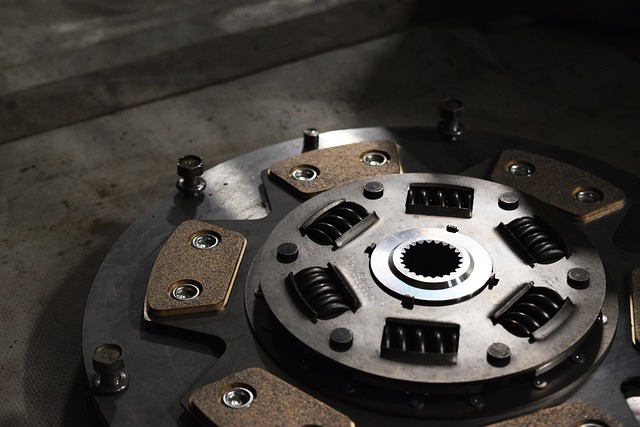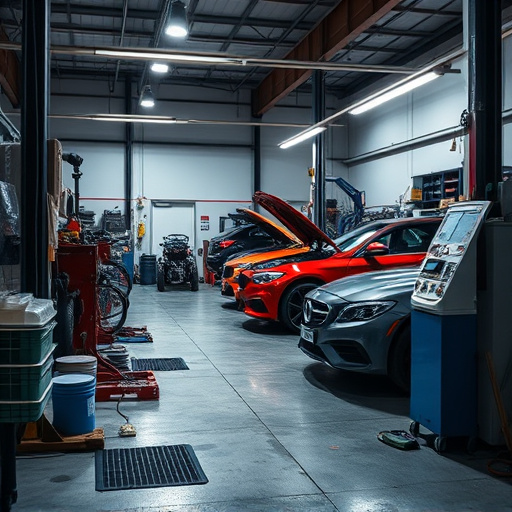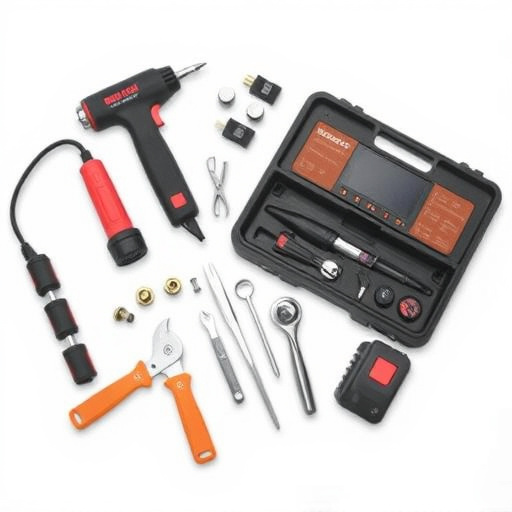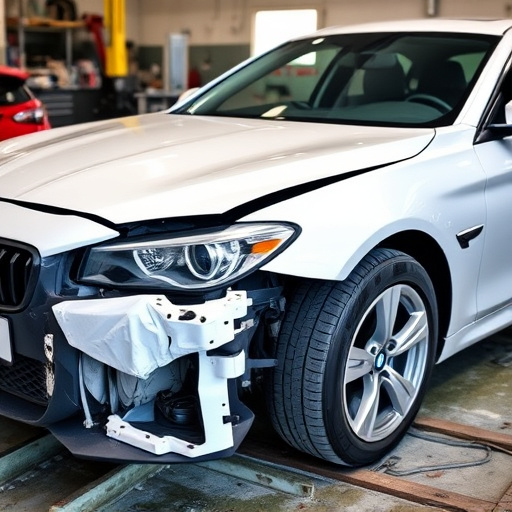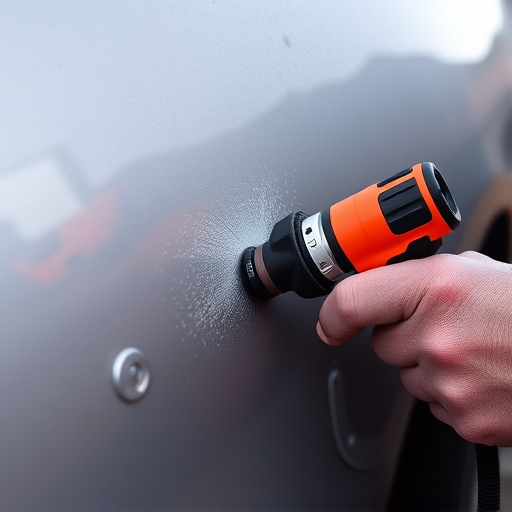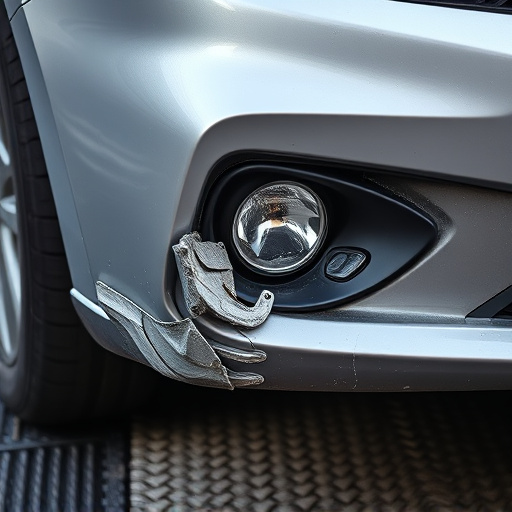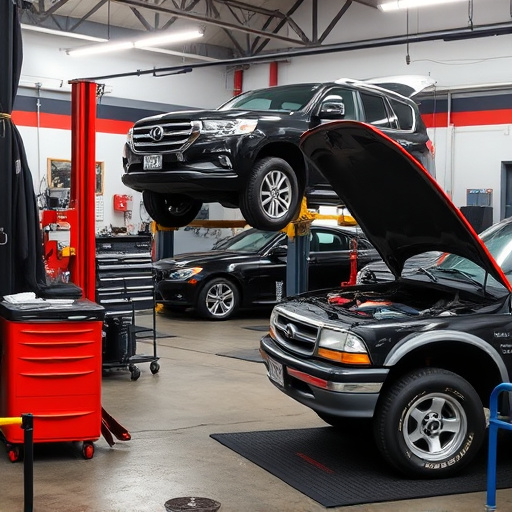AC repair after a collision requires addressing core issues, especially damage to vital components like the compressor. Compressor replacement is crucial for long-lasting solutions, preventing future complications and improving cooling performance. Specialized auto body services employ skilled technicians who use genuine parts to revolutionize post-collision AC performance through quality repairs, ensuring optimal climate control system functionality, particularly in hot climates.
In the aftermath of a collision, AC repair becomes a crucial task. One of the core issues often overlooked is compressor replacement. The compressor, a vital component, can sustain damage that affects cooling efficiency and even poses safety risks. Understanding when and why to replace this part is essential for effective AC repair after collision. This article explores the benefits, challenges, and step-by-step guide to ensure your AC system functions optimally post-collision.
- Understanding Compressor Replacement: The Core Issue in AC Repair After Collision
- Why Replace a Compressor? Benefits and Challenges Post-Collision
- Step-by-Step Guide: Effectively Replacing a Compressor in Your AC System After a Collision
Understanding Compressor Replacement: The Core Issue in AC Repair After Collision
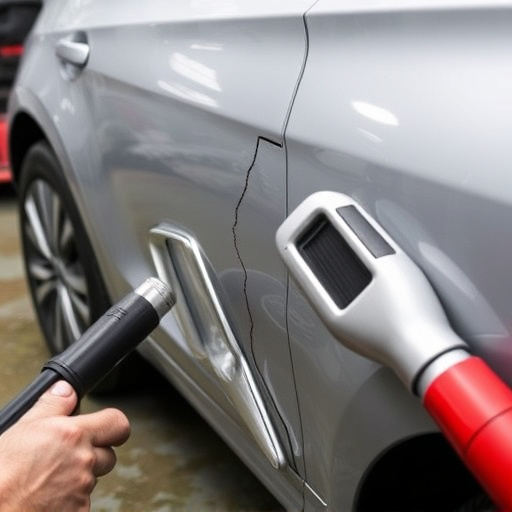
In the realm of AC repair after collision, understanding the core issue is paramount to ensuring effective and lasting solutions. When a vehicle suffers a collision, various components can be affected, including the air conditioning (AC) system. The compressor, a vital part that drives the refrigeration cycle, often bears the brunt of such incidents. Damage to the compressor can lead to significant performance issues or even complete failure of the AC system.
Compressor replacement emerges as a critical step in AC repair after collision. It’s not merely about fixing a defect but also preventing further complications. Auto body services that specialize in such repairs employ skilled technicians who assess the extent of damage, ensuring that only genuine parts are used for replacement. Incorporating high-quality compressor replacements alongside meticulous vehicle body repair and tire services can revolutionize the post-collision AC performance, restoring comfort and efficiency to the vehicle’s interior.
Why Replace a Compressor? Benefits and Challenges Post-Collision
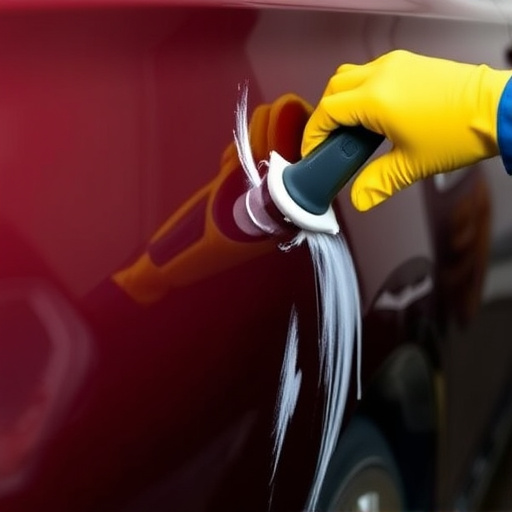
When a vehicle undergoes an automotive collision repair, especially involving significant structural damage, the AC system often faces challenges. One critical component that might require attention is the compressor. While it may seem like a simple replacement, there are compelling reasons to prioritize this step in AC repair after collision.
Replacing a compressor offers numerous benefits for post-collision vehicle repair. A new compressor ensures optimal cooling performance, which is essential for passenger comfort and safety, especially in regions with hot climates. Moreover, it can prevent future issues like ice buildup or inefficient cooling cycles, ensuring the AC system operates smoothly. However, there are challenges to consider; replacing this part requires specialized knowledge and tools, adding complexity to the automotive collision repair process. Additionally, finding compatible, high-quality compressors that match the original equipment standards is crucial for maintaining the vehicle’s overall performance and safety features.
Step-by-Step Guide: Effectively Replacing a Compressor in Your AC System After a Collision
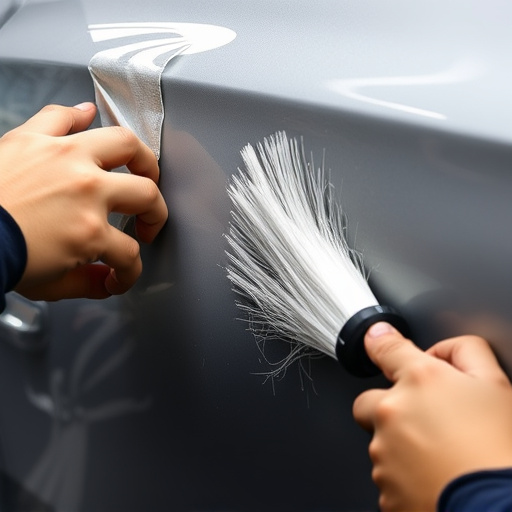
Replacing a compressor in your AC system after a collision involves careful steps to ensure proper functionality and longevity. Start by turning off the power supply to the system, ensuring safety first. Next, locate the compressor within the unit and assess any damage from the collision—look for dents, cracks, or misalignments.
Demount the old compressor carefully, taking note of its orientation and connections. Measure the new compressor against the old one to ensure a precise fit, then install it, securing it in place with the appropriate hardware. Reconnect all electrical connections and check for any leaks by pressurizing the system while monitoring for gas escape. Once verified leak-free, restart the power supply and test the AC’s cooling performance. This meticulous process, part of broader auto body restoration efforts following a collision, guarantees that your vehicle’s climate control system functions optimally after repairs.
In conclusion, compressor replacement is a critical step in effective AC repair after a collision. Understanding the core issue and the benefits of replacing a damaged compressor can significantly enhance the performance and longevity of your air conditioning system. While there are challenges to consider, following a structured guide ensures a successful outcome, allowing you to enjoy a cool and comfortable environment year-round. When addressing AC repair after collision, prioritize professional guidance for optimal results.

